Your Go-To Guide for Growing Amazing Yellow Zucchini (Even on a Patio!)
I’ve had my hands in the dirt for more years than I can count, growing everything for my own kitchen, farmers’ markets, and even a few picky local chefs. And let me tell you, yellow zucchini has always been a star player in my garden. It’s so much more than just a green zucchini in a different outfit. The skin is noticeably more delicate, the inside is often a bit firmer, and it has this lovely, subtle sweetness that its green cousin sometimes misses.
In this article
- First Things First: How Many Plants Do You Actually Need?
- Getting to Know Your Zucchini Plant
- Choosing a Variety That’s Right for You
- Building the Foundation: It’s All About the Soil
- Planting: In the Garden or on the Patio
- Water, Food, and Mulch: The Keys to a Happy Plant
- Pest Patrol: What to Watch For
- Pro Moves: Playing Bee and a Little Haircut
- The Best Part: Harvesting and Storing Your Zucchini
- Galerie d’inspiration
But getting it to grow well? That’s where a lot of folks get tripped up. It’s incredibly frustrating to see a giant, leafy plant that never gives you a single zucchini, or to have your entire harvest wiped out by a pest you didn’t even know existed. This guide is built on all those lessons—the good seasons and, honestly, the failures that taught me the most. We’re going to walk through everything you actually need to know to get a reliable, delicious harvest from summer all the way into early fall.
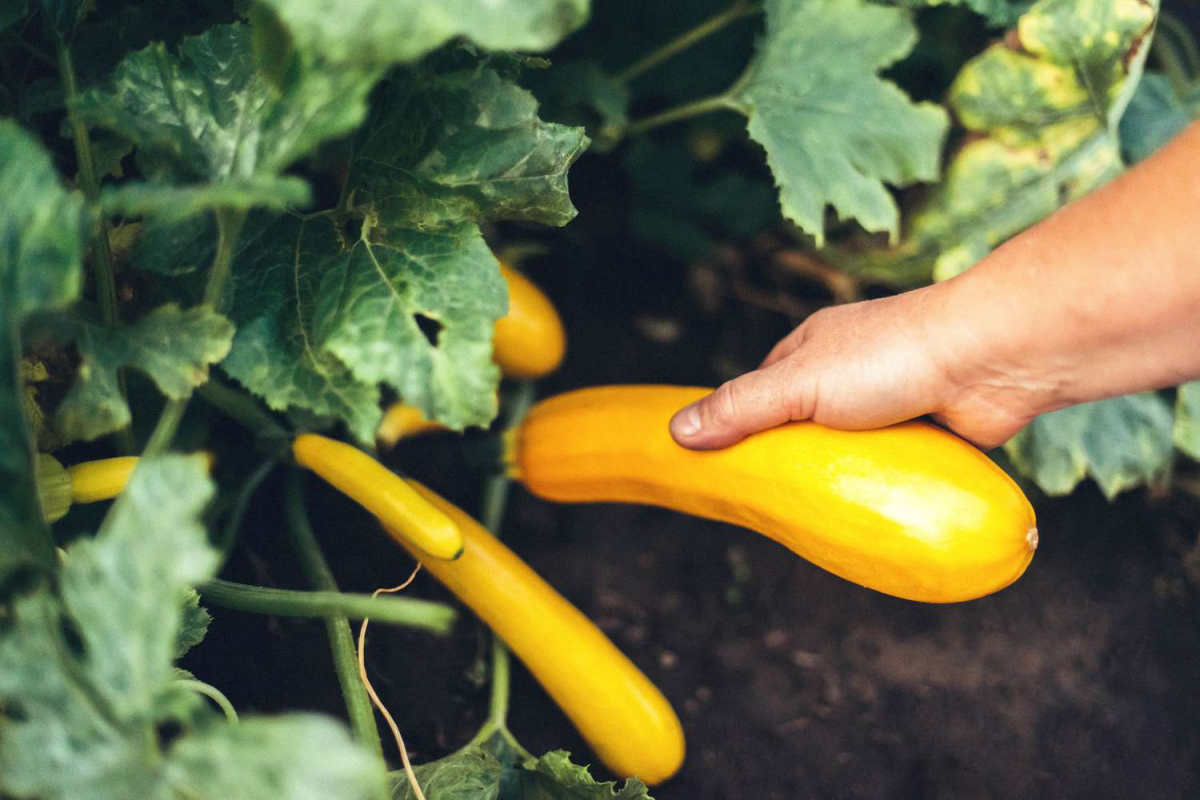
First Things First: How Many Plants Do You Actually Need?
Before you even buy seeds, let’s talk numbers. It’s the number one question I get. People always overestimate how many they need and end up with a mountain of squash. To be frank, these plants are ridiculously productive.
For a family of 2-4 people, one or two healthy plants is usually more than enough to keep you supplied with fresh zucchini all season long. Seriously, just one or two!
Getting to Know Your Zucchini Plant
Okay, a tiny bit of plant science, but I promise it’s important. Yellow zucchini is part of the same family as pumpkins and other squashes. Most of the varieties you’ll find today grow in a bush-like shape, which is fantastic because they won’t send out crazy long vines to take over your entire yard.
Here’s the key thing to understand: these plants have separate male and female flowers. You need both for fruit to grow. The male flowers show up first, usually a week or so before the females, and they sit on these long, skinny stems. The female flowers are the exciting ones—you can spot them easily because they have a tiny little baby zucchini at their base. If that little fruit doesn’t get pollinated by pollen from a male flower, it will just shrivel up and fall off. This is, hands down, the main reason people see tons of flowers but no zucchini. It’s almost always a pollination problem, meaning you need more bees around.
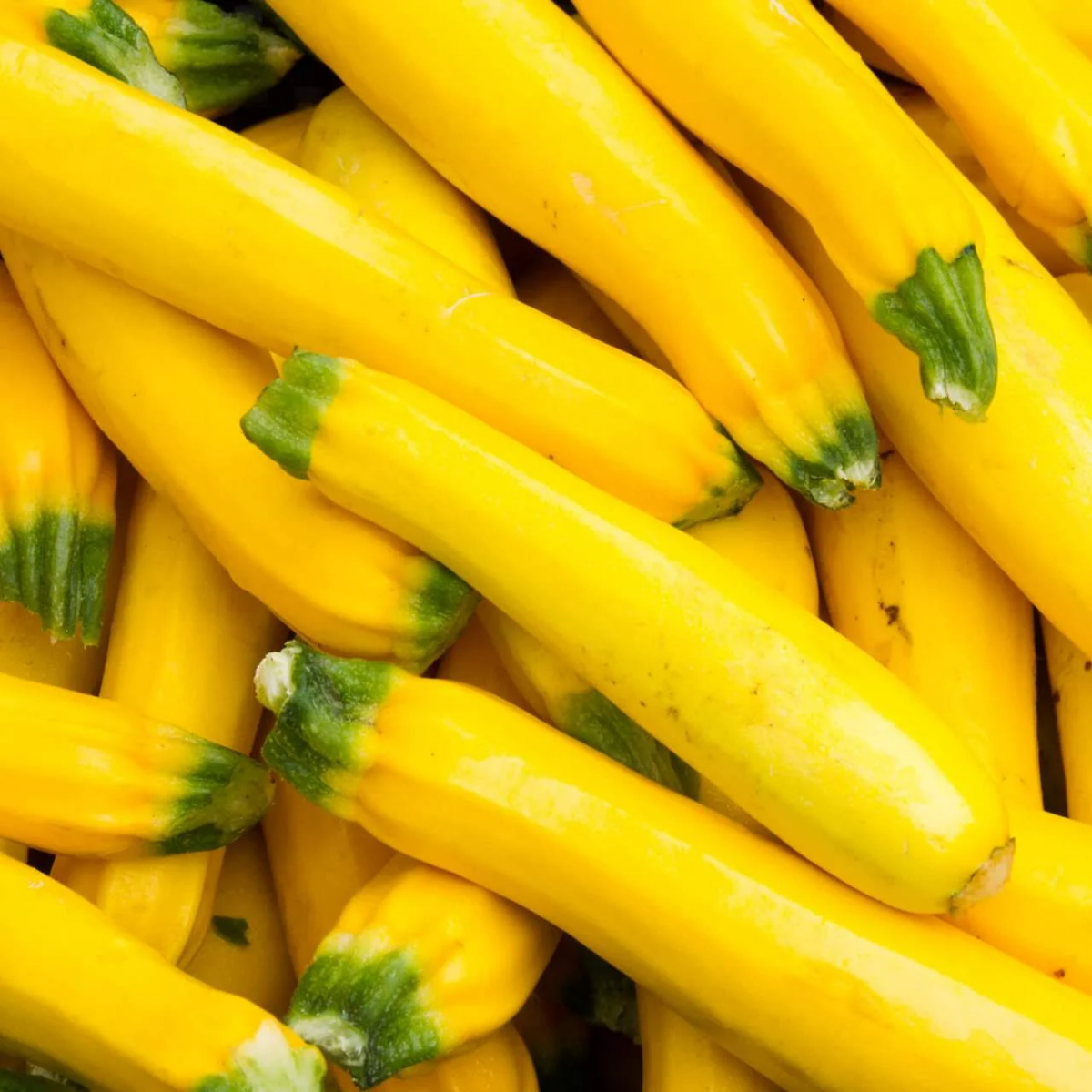
Choosing a Variety That’s Right for You
Staring at a seed catalog can be overwhelming. Let’s break it down. Your choice really depends on what you value most: speed, flavor, or just sheer reliability.
Some modern hybrid varieties are absolute workhorses. A classic choice like ‘Gold Rush’ is famous for its beautiful golden color and an open plant structure that makes it super easy to see and pick the zucchini. Plus, it’s bred to resist common viruses that can ruin a crop. Another great performer is ‘Golden Glory’, which I’ve found has an even more tender skin and produces like crazy. For a beginner, you really can’t go wrong with one of these.
But if you’re a foodie? You might want to look at an heirloom. An old Italian variety like ‘Costata Romanesco’ (which has golden versions) is a game-changer. The flavor is nutty and rich, and the firm, ribbed texture is just incredible when you cook it. It won’t give you as many zucchinis as a hybrid, but the quality is just spectacular. When you buy your seeds, which usually run about $3 to $5 a packet, look for a recent “packed for” date on the package. Seeds are good for a few years, but fresh is always best.
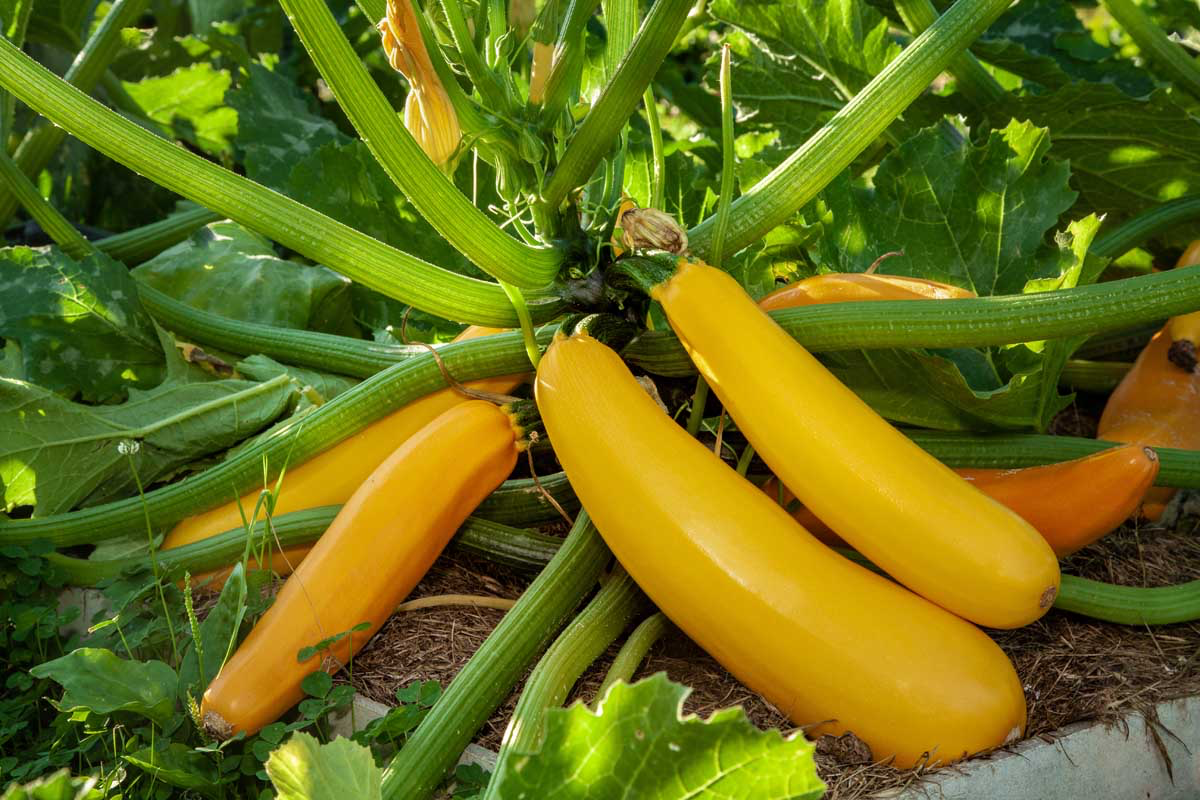
Building the Foundation: It’s All About the Soil
Zucchini plants are hungry. I mean, really hungry. They need rich, fertile soil to fuel their super-fast growth. You can’t just stick them in any old patch of dirt and expect good results.
First, pick a spot that gets at least 6 to 8 hours of direct sun. Any less, and you’ll get a weak plant with few flowers. Good drainage is also a must-have; their roots hate sitting in soggy soil.
Next, it’s time to enrich that soil. About two weeks before you plant, spread a 2-inch layer of good-quality compost or aged manure over the area. (Heads up: never use fresh manure, it can burn the plant roots). I usually grab a bag of compost from the local garden center for about $5 to $10. Work that into the top 6-8 inches of your soil. This feeds the plant slowly and helps the soil hold moisture perfectly.
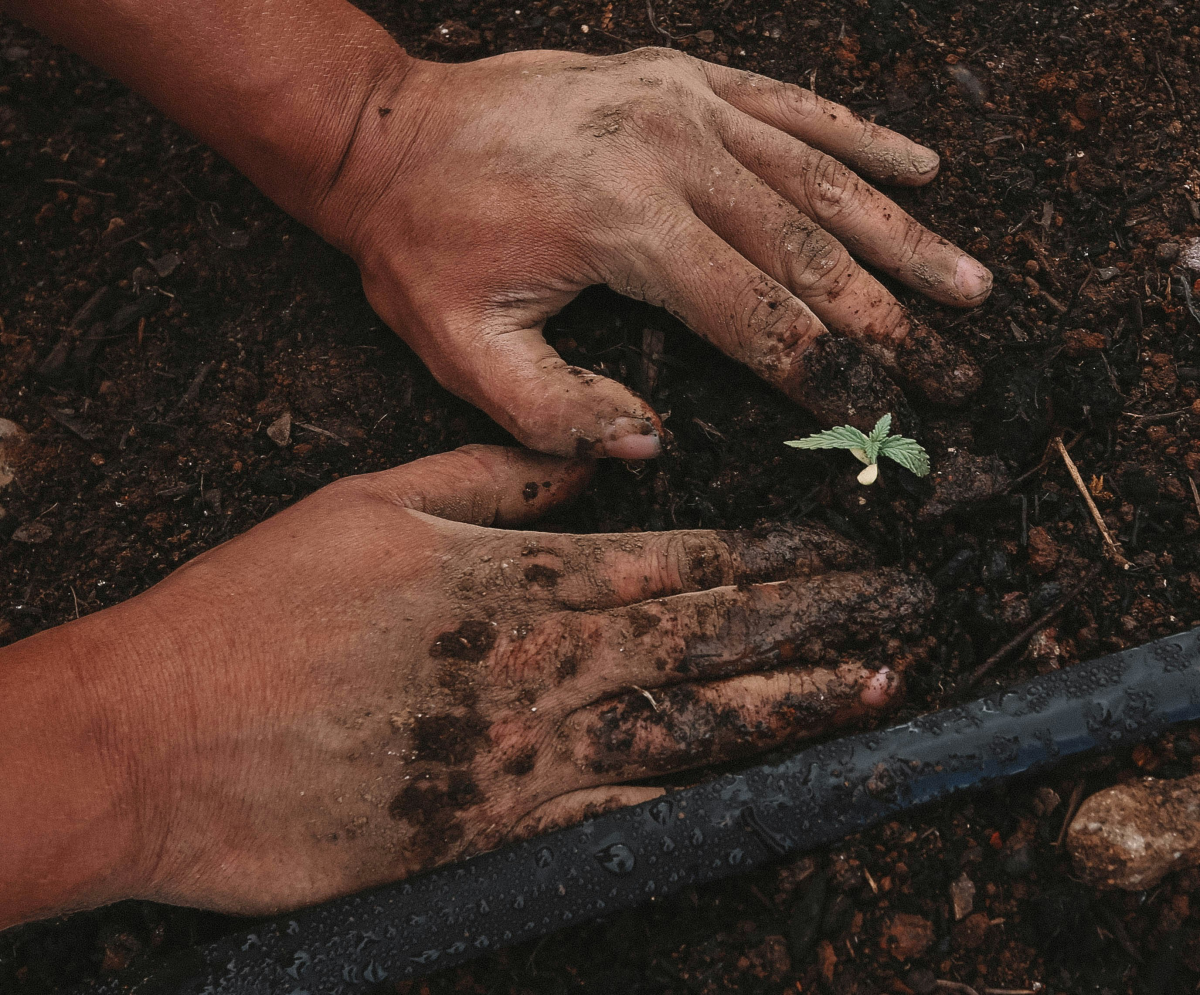
Then, I add a balanced, granular organic fertilizer. Something with a 5-5-5 on the label is perfect for getting them started. A good-sized bag might cost you $15 to $20, but it will last you the whole season.
Planting: In the Garden or on the Patio
You can either start seeds indoors for a head start or plant them right in the garden. I’ve done both, and it really just depends on your patience level.
Direct Sowing (The Easy Way): Wait until any danger of frost is long gone and the soil feels warm to the touch. I plant 2-3 seeds together in small hills of soil, about an inch deep. Once they sprout and have a set of true leaves, you have to do the hard part: thin them out, leaving only the single strongest seedling. I know it feels wrong, but if you let them all grow, they’ll just compete with each other and you’ll get a smaller harvest overall.
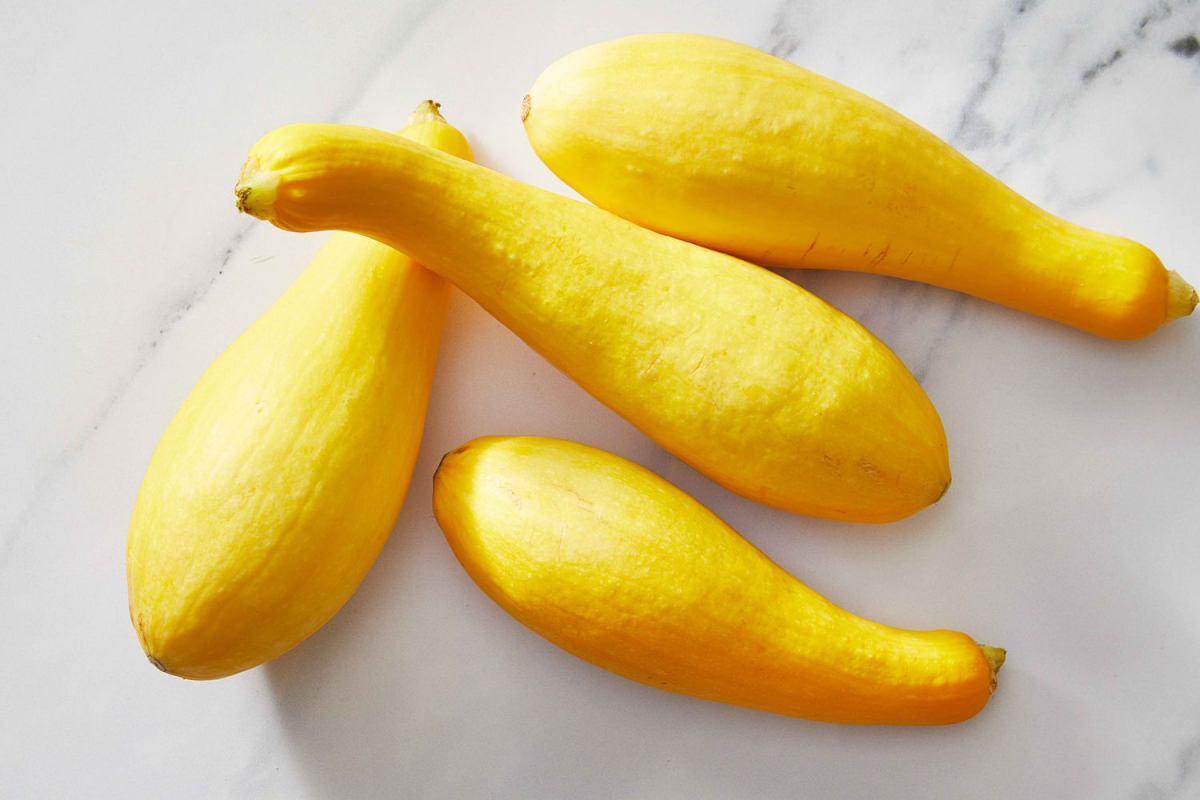
Growing in Containers (The Patio Gardener’s Guide): Yes, you can absolutely grow zucchini in a pot! This is a total game-changer for anyone with a balcony or small patio. You’ll need a large container—think a 5-gallon bucket or something similar in size, at a minimum. Make sure it has plenty of drainage holes. Fill it with a high-quality potting mix, not heavy garden soil. Potting mix is lighter and drains better. The biggest thing to remember is that containers dry out much, much faster than a garden bed, so plan on watering almost every day, especially when it’s hot.
Water, Food, and Mulch: The Keys to a Happy Plant
Consistent watering is everything. Your zucchini needs about an inch of water a week. It’s much better to water deeply once or twice a week than to give it a light sprinkle every day. And always water the base of the plant, not the leaves. Wet leaves are an open invitation for powdery mildew. I learned this the hard way one bone-dry July where my entire harvest tasted bitter and awful! Now, I swear by my soaker hose.
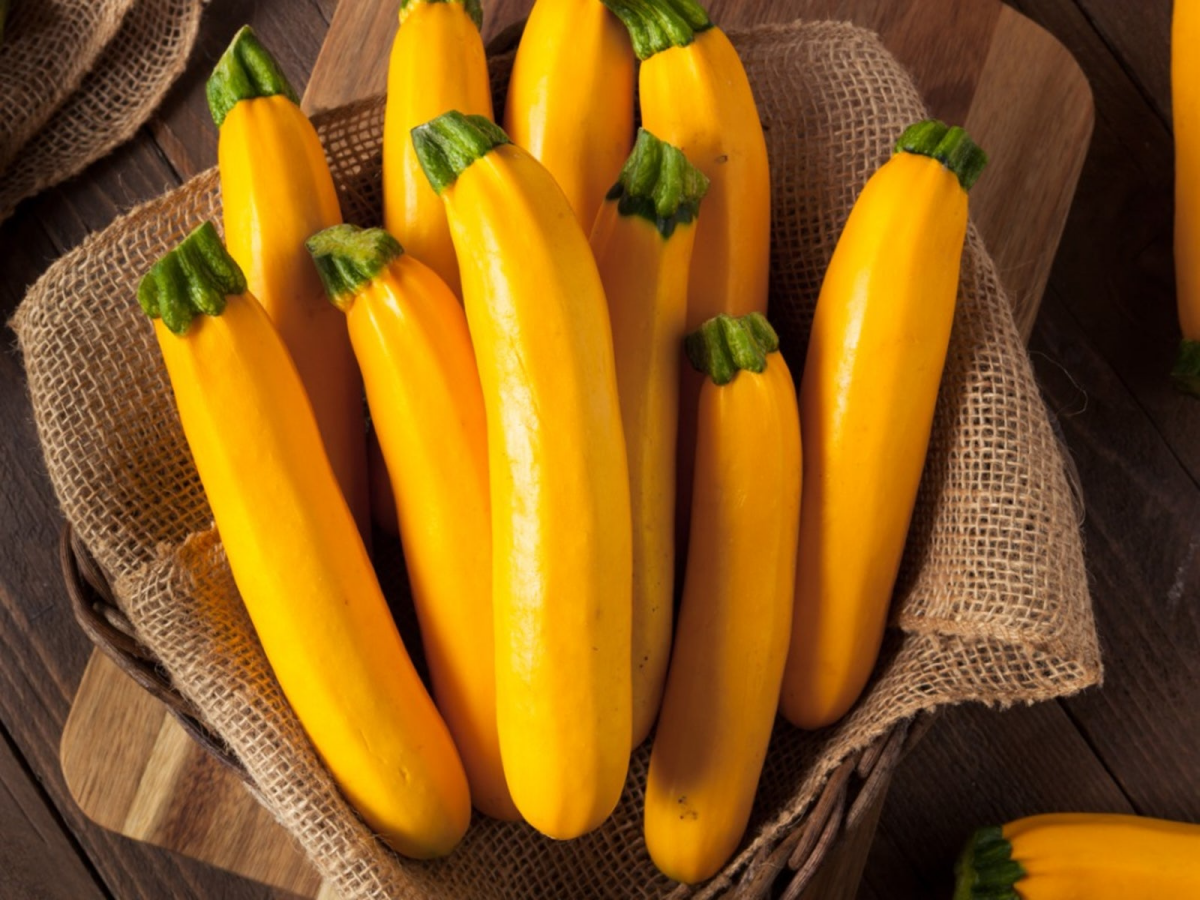
Once the plant starts making flowers, I give it a little boost with a liquid fertilizer, like one made from fish or kelp. This encourages more fruit instead of just more leaves. Finally, a 2-inch layer of mulch (like straw or shredded leaves) is your best friend. It keeps weeds down, holds moisture in the soil, and just makes your life easier.
Pest Patrol: What to Watch For
Okay, the not-so-fun part. A few pests can really ruin your day. Here are the main culprits:
- The Squash Vine Borer: This is the arch-nemesis of the zucchini plant. It’s a grub that bores into the main stem and kills the plant from the inside. The first sign is a suddenly wilted plant. Look at the base of the stem for a little hole and a pile of what looks like wet, greenish-yellow sawdust. That’s the borer’s calling card. You can try to prevent them by wrapping the bottom few inches of the stem in aluminum foil when you plant.
- Squash Bugs: These gray bugs suck the life out of the leaves. The best defense is a good offense. I check my plants every morning, pick the bugs off by hand, and drop them in a bucket of soapy water. Also, flip the leaves over and look for their tiny, bronze-colored eggs and just squish them.
- Blossom End Rot: If the end of your zucchini turns black and mushy, don’t panic! It’s not a disease. It’s a calcium problem caused by inconsistent watering. The cure is simple: get back on a regular, deep watering schedule.
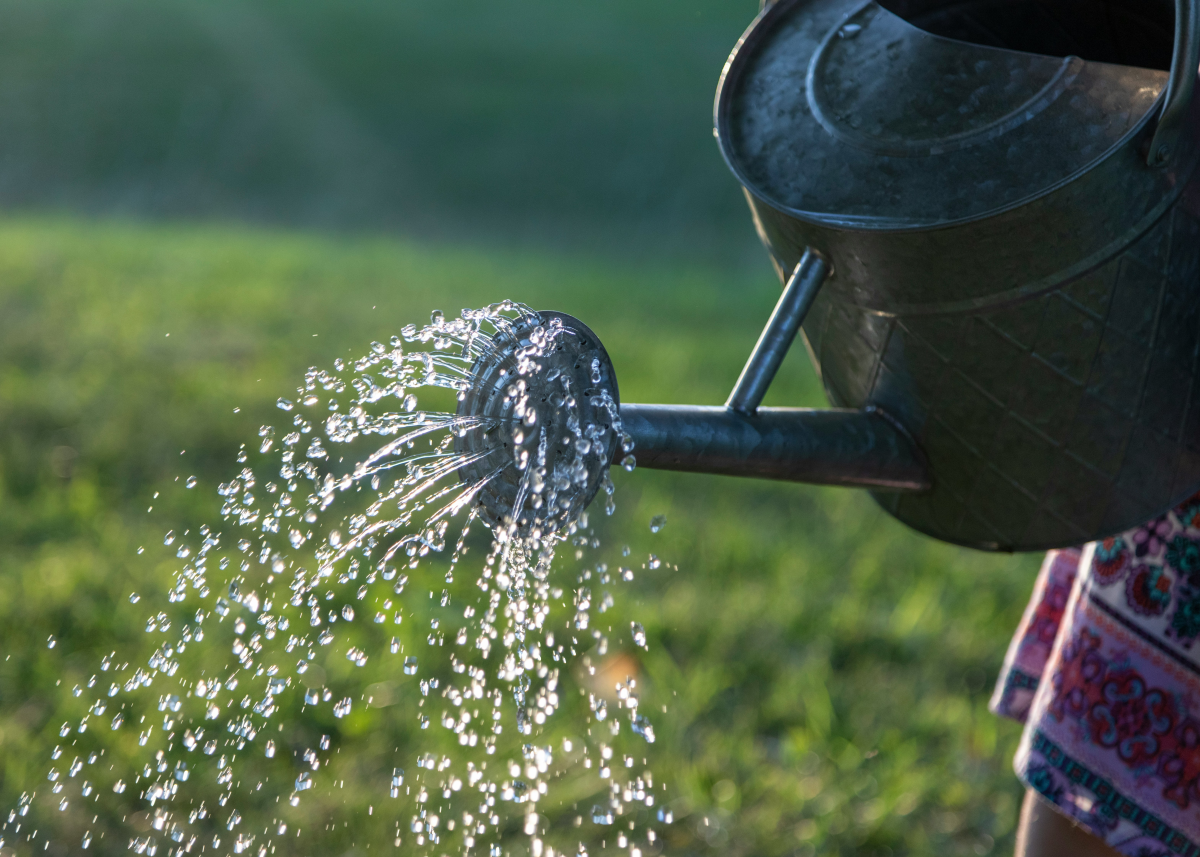
Pro Moves: Playing Bee and a Little Haircut
If you’ve got a healthy plant with tons of flowers but no fruit forming, you probably need to play bee. It’s common when it’s rainy or if you just don’t have many pollinators in your yard. It’s easy! In the morning, find a male flower (on the skinny stem), peel off its petals, and gently rub the pollen-covered center part onto the center of a female flower (the one with the mini-zucchini). That’s it! You’re a pollinator.
Oh yeah, a lesser-known trick: the male flowers are edible and absolutely delicious! The pros love to stuff them with ricotta cheese, batter, and fry them. Don’t throw them out!
A little pruning also helps. As the plant gets bigger, I snip off a few of the lower, older leaves, especially any that are touching the soil. This improves air circulation and helps prevent disease.
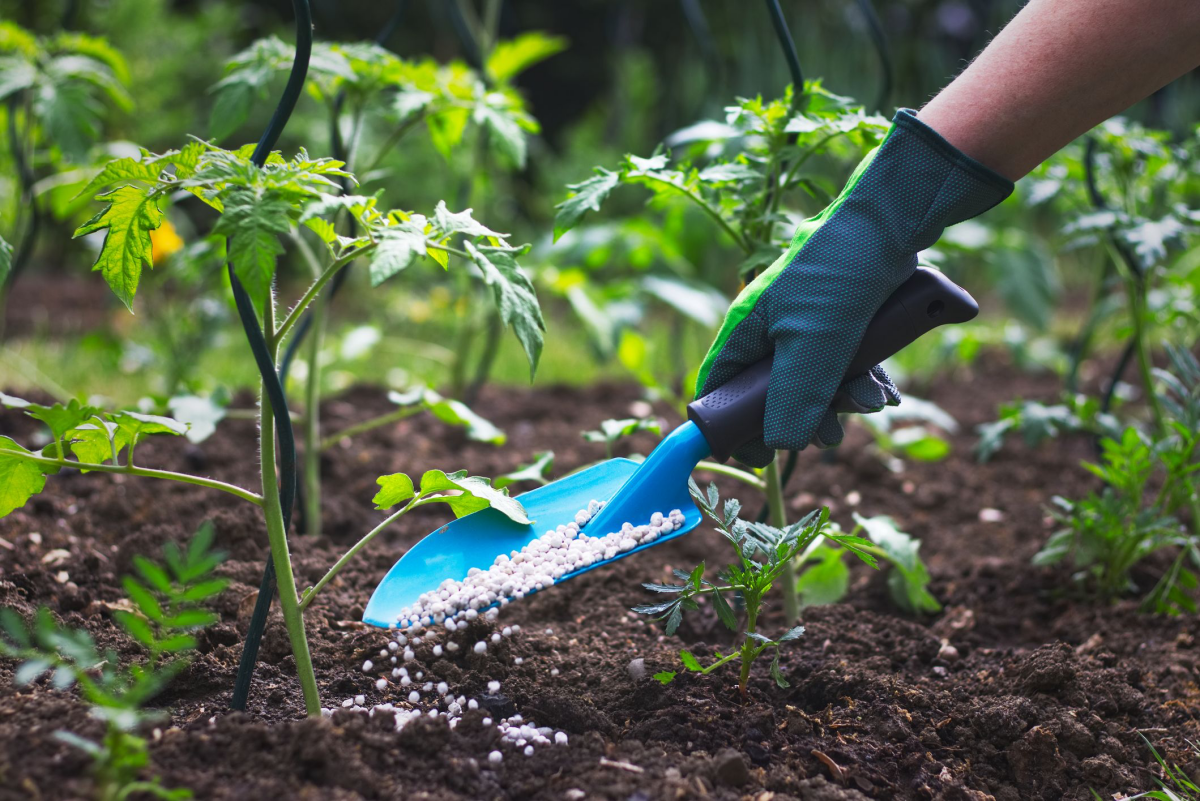
The Best Part: Harvesting and Storing Your Zucchini
The secret to amazing zucchini is to pick it young. For most varieties, the sweet spot is around 6 to 8 inches long. At this size, they are tender and flavorful. If you let them grow into giant, baseball-bat-sized marrows, they just get watery and seedy. Not good.
Check your plants every single day during peak season. I’m not kidding—they can double in size overnight. Use a knife to cut the fruit from the plant, leaving about an inch of stem attached. This helps it store longer.
To store them, just pop them unwashed in the fridge for up to a week. If you’re overwhelmed with a huge harvest, zucchini freezes beautifully. I like to shred it, squeeze out some of the extra water, and pack it into freezer bags. It’s perfect for sneaking extra veggies into winter chilis, pasta sauces, or making a batch of zucchini bread when you’re craving a taste of summer.
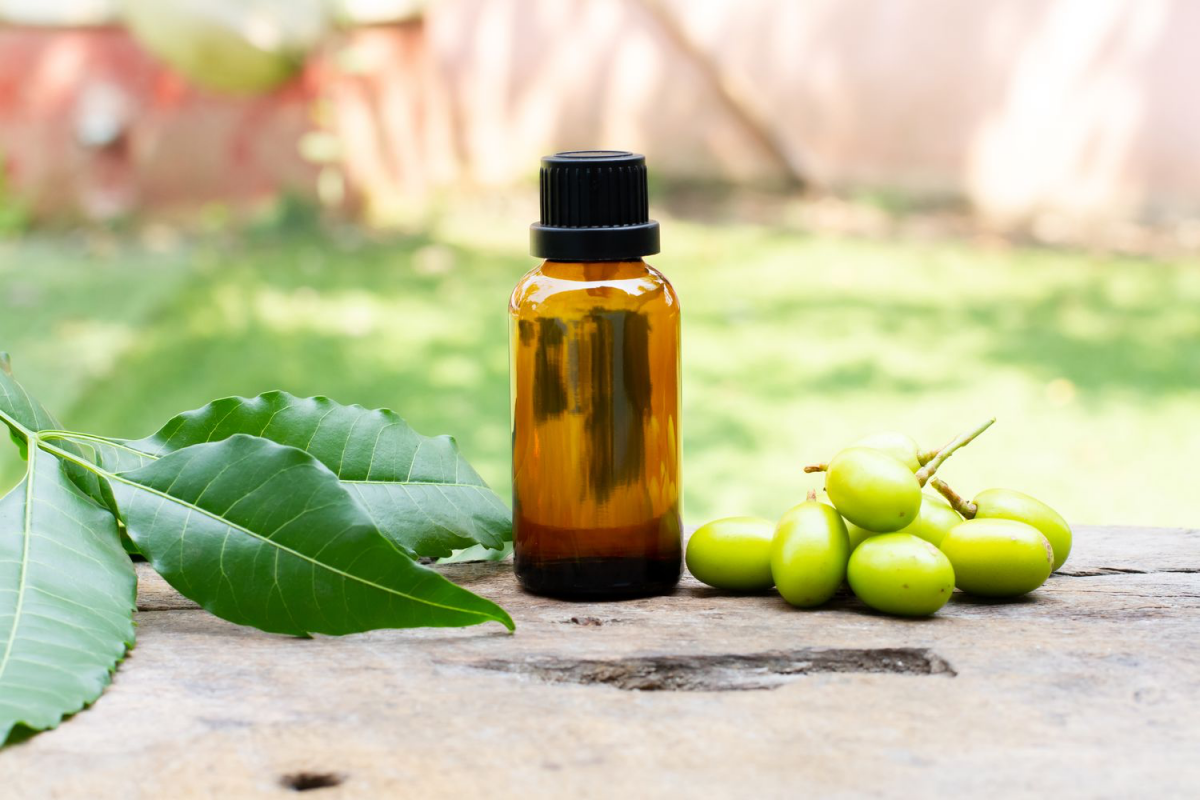
Galerie d’inspiration
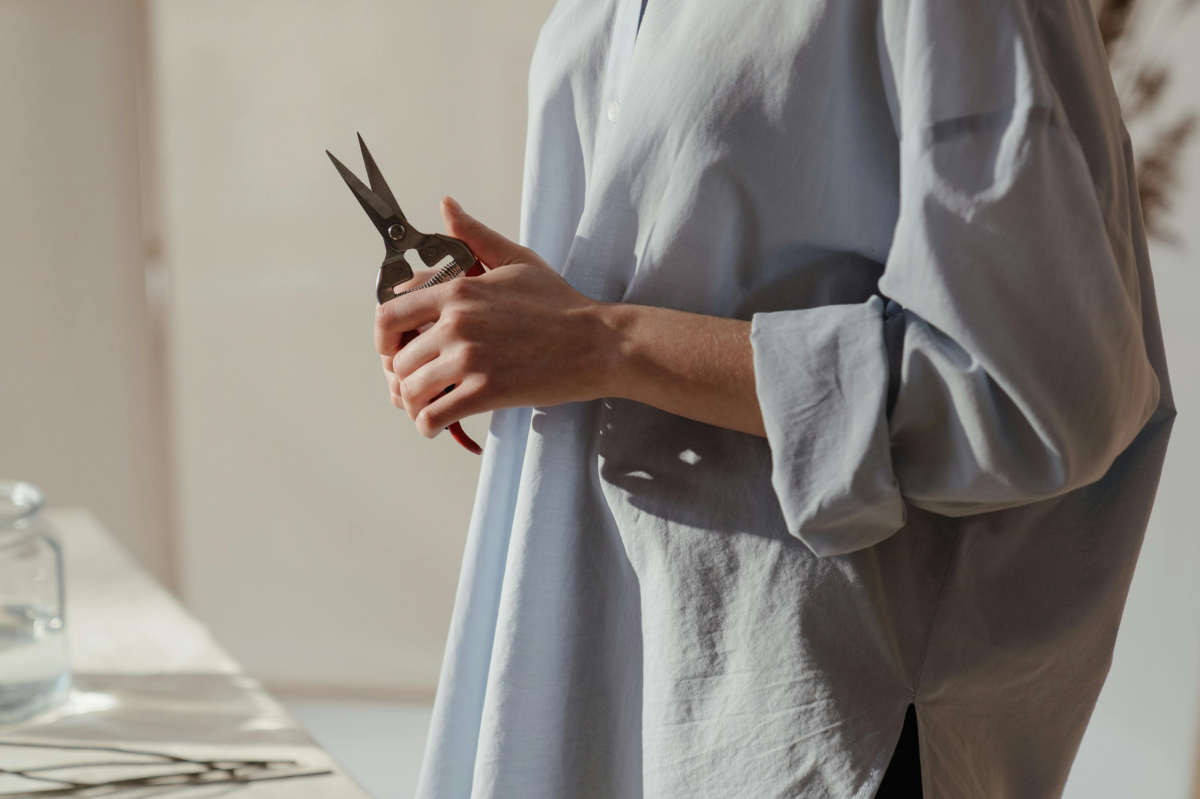
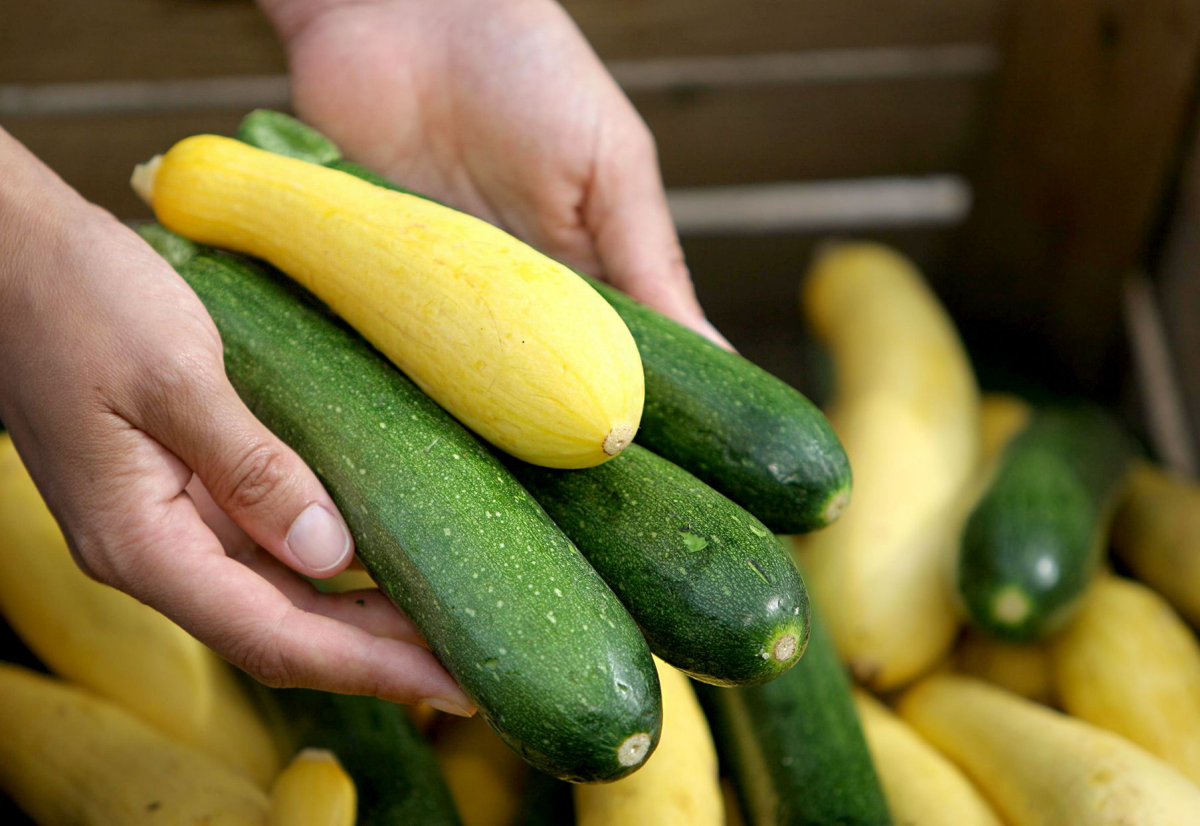
‘Gold Rush’ F1 Hybrid: A top pick for reliability. This bush variety produces vibrant, uniform yellow fruits and is bred for resistance to common ailments like Zucchini Yellow Mosaic Virus. Its open plant structure makes spotting and picking zucchini incredibly easy.
‘Golden Zucchini’ Heirloom: For the flavor purist. This open-pollinated classic offers a richer, nuttier taste that many gardeners prefer. You can also save the seeds for next year’s garden, connecting you to a long tradition of cultivation.
The choice often comes down to dependable production versus gourmet flavor.
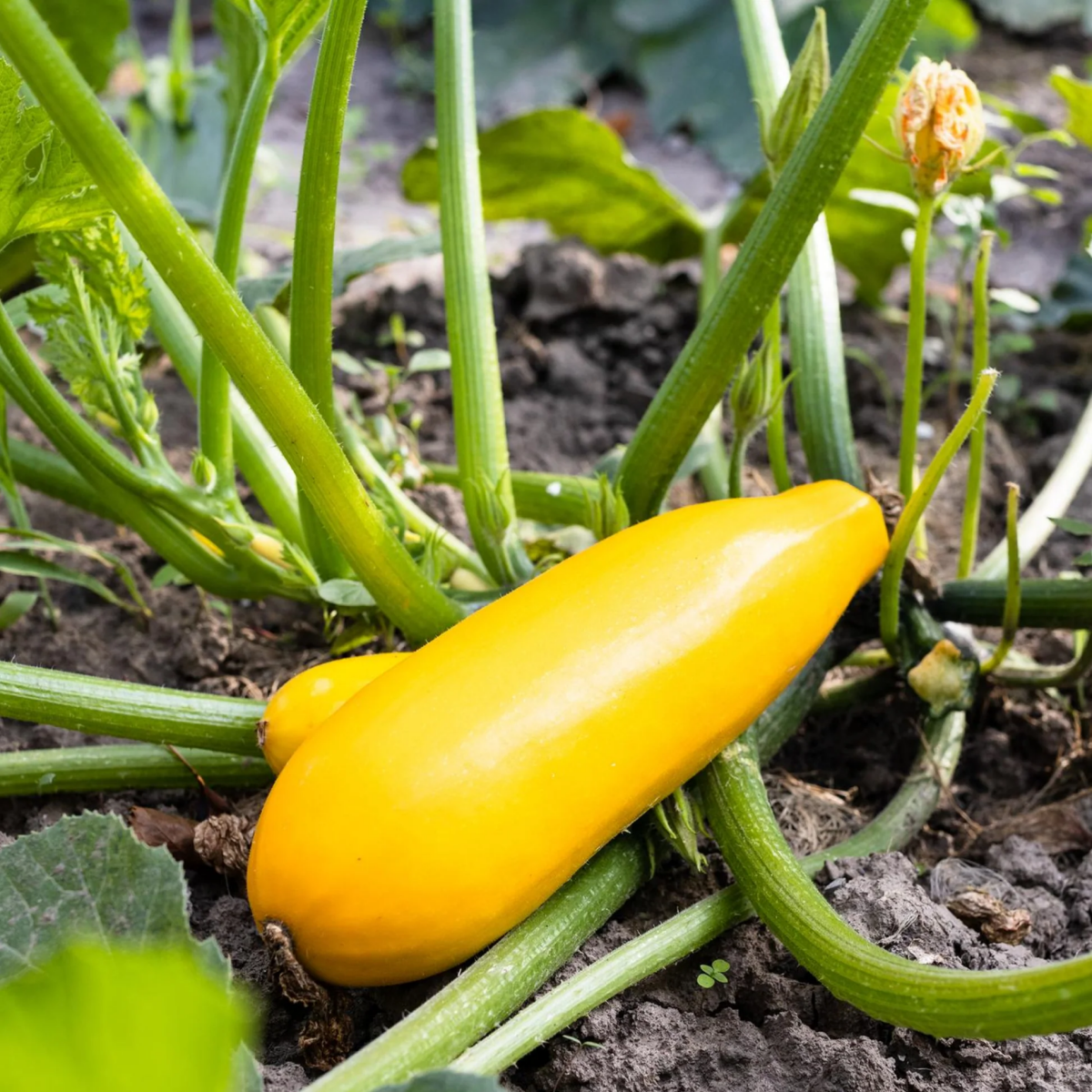
The most common reason for container-grown zucchini to fail is a pot that is too small.
A single zucchini plant has an extensive root system that needs room to grow and seek out nutrients. For a healthy, productive plant on a patio, start with a container that is at least 5 gallons (around 20 liters) in volume, and 10 gallons is even better. Ensure it has excellent drainage holes, as zucchini plants hate ‘wet feet’. A terracotta pot is a great choice as it allows soil to breathe, preventing root rot.
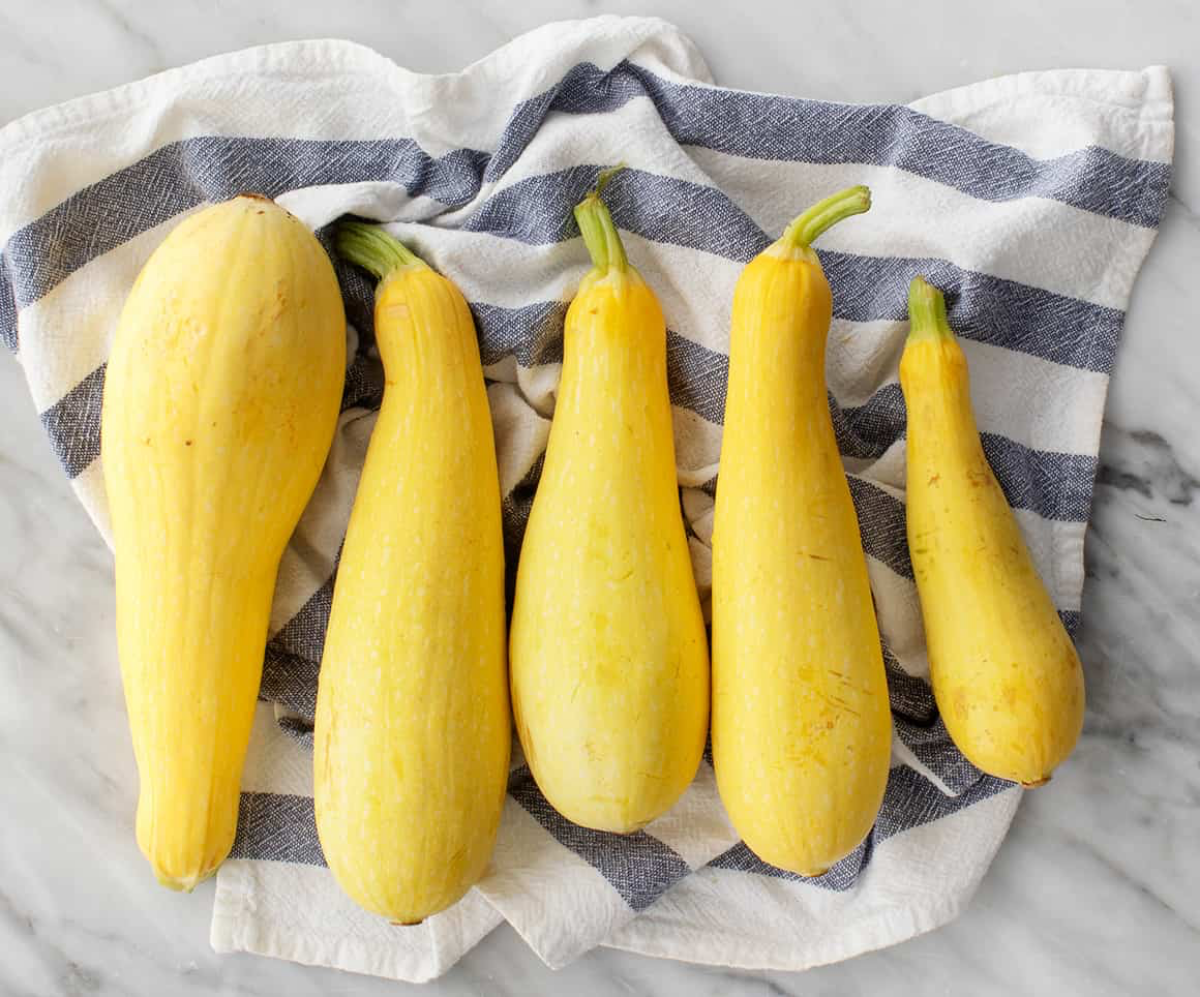
My zucchini plant is huge and leafy, but the little fruits turn yellow at the end and fall off. What’s happening?
This is a classic symptom of incomplete pollination, but with a twist. If you see bees and have both male and female flowers, the issue might be inconsistent watering or a calcium deficiency. When the plant is stressed, it prioritizes its own survival over fruit production and will abort the baby zucchini. Try adding a calcium-rich fertilizer like bone meal to the soil and ensure the soil stays evenly moist, not waterlogged or bone-dry.
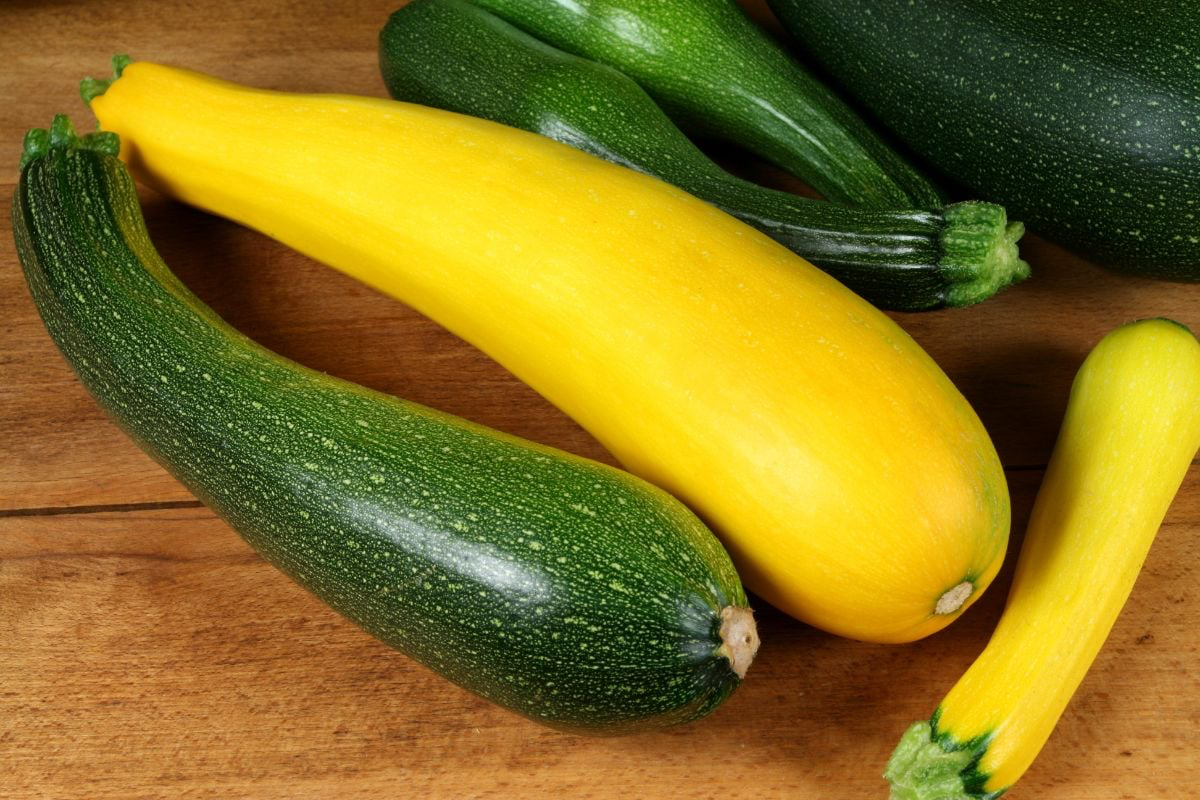
- Attracts beneficial pollinators like bees.
- Helps deter pests like aphids.
- Can improve soil health and structure.
The secret? Companion planting. Tucking marigolds and nasturtiums around the base of your zucchini plants is a classic organic gardening strategy. Nasturtiums are known to repel squash bugs, while the scent of marigolds can confuse other pests looking for your precious plants.
The secret to tender skin and sweet flesh: Harvest young! Don’t let your golden beauties grow into massive clubs. The ideal size for most yellow zucchini varieties is between 6 and 8 inches long. At this stage, the skin is delicate enough to eat and the seeds are barely developed, giving you the best possible texture.










